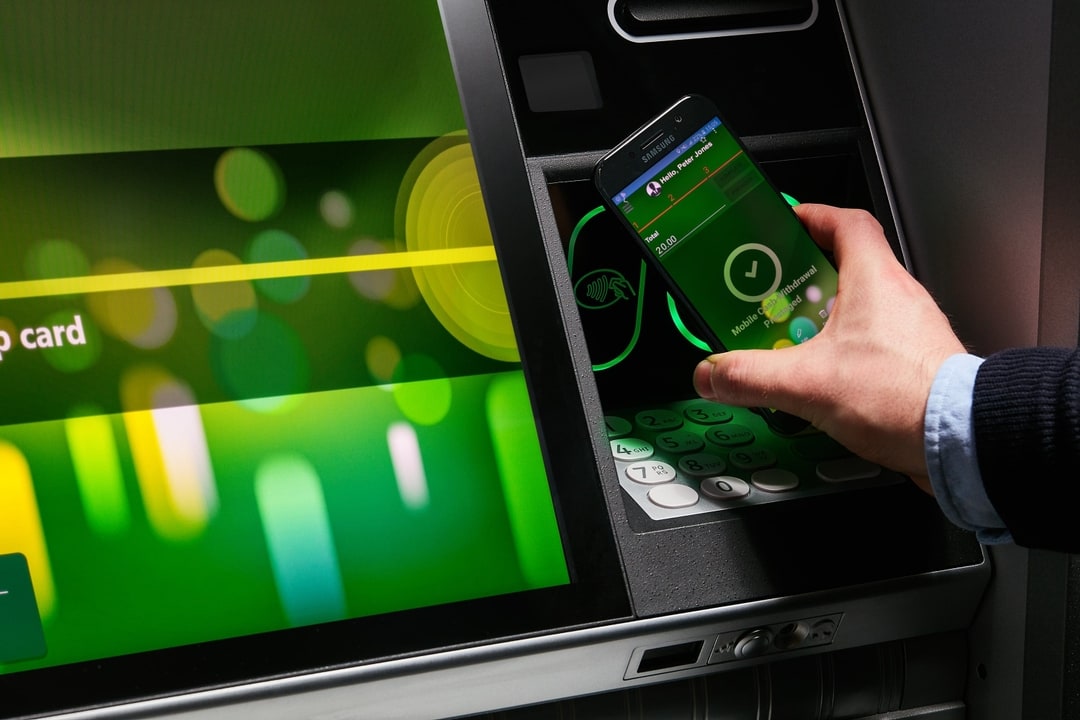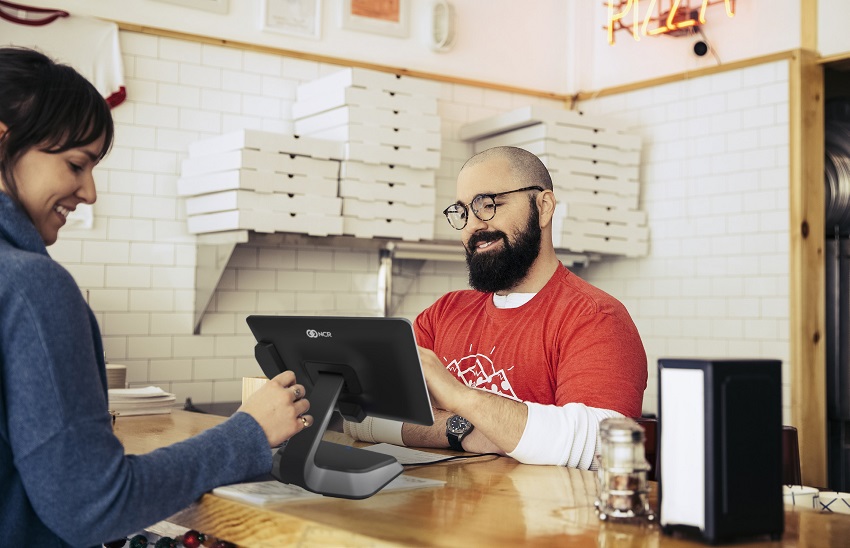Omnichannel is NOW – don’t get left behind
Published December 1, 2022
By Marija Markovic
Years ago, people walked into brick-and-mortar stores with no expectations of a digital presence. Today, it’s no secret that with emerging technologies, the buyer's journey has significantly changed. Along with it, their expectations have risen to new heights. Today's consumers demand connected experiences from brick-and-mortar to online, so in order to stay competitive – retailers must stay ahead of the curve – and do it quickly.
Modern customers prioritize convenience more heavily than ever before, so it's no surprise that the last ten years, we’ve seen an immense rise in the presence of eCommerce – and the usage. The internet has become faster, and technology has taken the lead by using tools like VR equipment and artificial intelligence in day-to-day activities. All of this contributed to the online retail surge. Furthermore, the COVID-19 pandemic made a massive difference in retail, contributing to the increased evolution of eCommerce, and brands faced significant challenges in developing websites and setting new standards at the pace consumers demanded. With all these facts in mind, it's no wonder that retailers have increasingly decided to seize opportunities to redesign their approach and marketing strategies—hoping to conquer the market.
The convergence of online and offline channels:
The omnichannel is one of the fastest-growing trends in the retail industry. It is, in fact, an extension of the multichannel retailing system. Omnichannel leverages various channels to reach their customer. It denotes that a company or a brand is represented and is able to publish across a variety of touchpoints. Omnichannel approaches can use traditional "offline" touchpoints like a brick-and-mortar store, mailing campaigns, word-of-mouth, or "online" touchpoints like apps and websites. The main objective is to make it as simple as possible for the customer to purchase a product – meeting them wherever they are – and in whatever way is the most convenient for them.
It’s widely-accepted that the concept of “omnichannel” was first introduced to the marketing world in December 2011, when Harvard Business Review published an intriguing article: "The Future of Shopping". Darrell Rigby, the author, coined today's trendy buzzword "omnichannel." The prefix Omni- comes from the Latin omnis, meaning “all” or “every”, and the name reflects that retailers can interact with customers through numerous channels.
While the multichannel approach deprives consumers of a consistent, impeccable customer experience across each channel, device, and platform – the omnichannel retail strategy uses different marketing channels to send a standard, incorporated message for a robust experience. The omnichannel approach integrates a brand's online and offline marketing channels to create an incredible, unique customer journey. The omnichannel approach is an excellent strategy for a brand to be present on the market and in customers' day to day lives. In addition, the consumer has the opportunity to choose the preferred channel and to use it – giving them the choice they crave.
Related: The state of ecommerce in 2022
Omnichannel done well.
Let's give you an example. Imagine you're about to order food. You go to the company's website, pick the items you’d like to eat and then choose the payment method. With your food delivered, you also get a flyer containing information about the company's application and benefits. You find the application has discount vouchers that you can use in any of their "offline" stores. Now you have one more reason to visit the store. You will place a new order on the spot and use the application to get a discount. This way, as the customer, you are led through all phases of your customized purchase. All these channels work together to create a personalized shopping experience for you.
Benefits of omnichannel:
- Unique Customer Experience: Omnichannel retail enables your customers to interact with your business in the manner and at the time they prefer. The retail world is evolving, and your customers are neither online nor offline – they’re wherever they want to be (whenever they want to be there). Since they are not simply in one place anymore, you also must be present to meet them where they are. Otherwise, you’re losing a huge opportunity. Omnichannel is customer-focused, so your business is all about the customer and their preferences. They may do a little research online but decide to purchase in the store, and that's okay. They can interact on their favorite channel so that you can approach them more personally. Omnichannel helps you create a specific, more personalized relationship with your customer.
- Better Customer Insight and Revenue Growth: The omnichannel retail strategy helps companies personalize customers' experiences. By having your customer use the website, application, and store itself, you collect important data about your clients: their demographic and emotional characteristics, who they are, what they prefer, and so on. You get to know your customers. You optimize the customer experience across the entire organization, which helps you get satisfied customers and results in revenue growth. Omnichannel retailing works, and it's a fact supported by numerous studies. For example, the study by Harvard Business Review about omnichannel retailing shows that the customers who used four or more channels spent 9% more in the store, on average, when compared to those who used just one – meaning that the customers who use more multiple channels are more valuable to the company.
- High Customer Retention and Loyalty: Consistency and customer focus are the essential elements of omnichannel retail. It combines engagement and communication strategies that complement each other to give your customer exactly what they need across multiple touchpoints to align content, design, governance, and system around the customer journey. It helps reduce customer frustration when receiving conflicting messages from different channels. If your customers keep getting what they need, it's evident that they'll become loyal users of your services.
- More Integrated Business: The omnichannel retail strategy also helps you create a unique brand personality that distinguishes your company from any other.
Future of retail:
Omnichannel is already changing both online and offline channels – but it’s up to you to take hold of this strategy and harness it to propel your business forward. We’ll continue to see the traditional in-store purchases be more customer-tailored, while online purchases will be more engaging and interactive with an expansion of virtual reality and artificial intelligence. Omnichannel retail has enormous potential and will continue to shape the future of the retail industry.
LISTEN NOW: As published
on The Voice of Retail podcast:
David Wilkinson, President, NCR Commerce on the Future of Self-Checkout, POS & more



